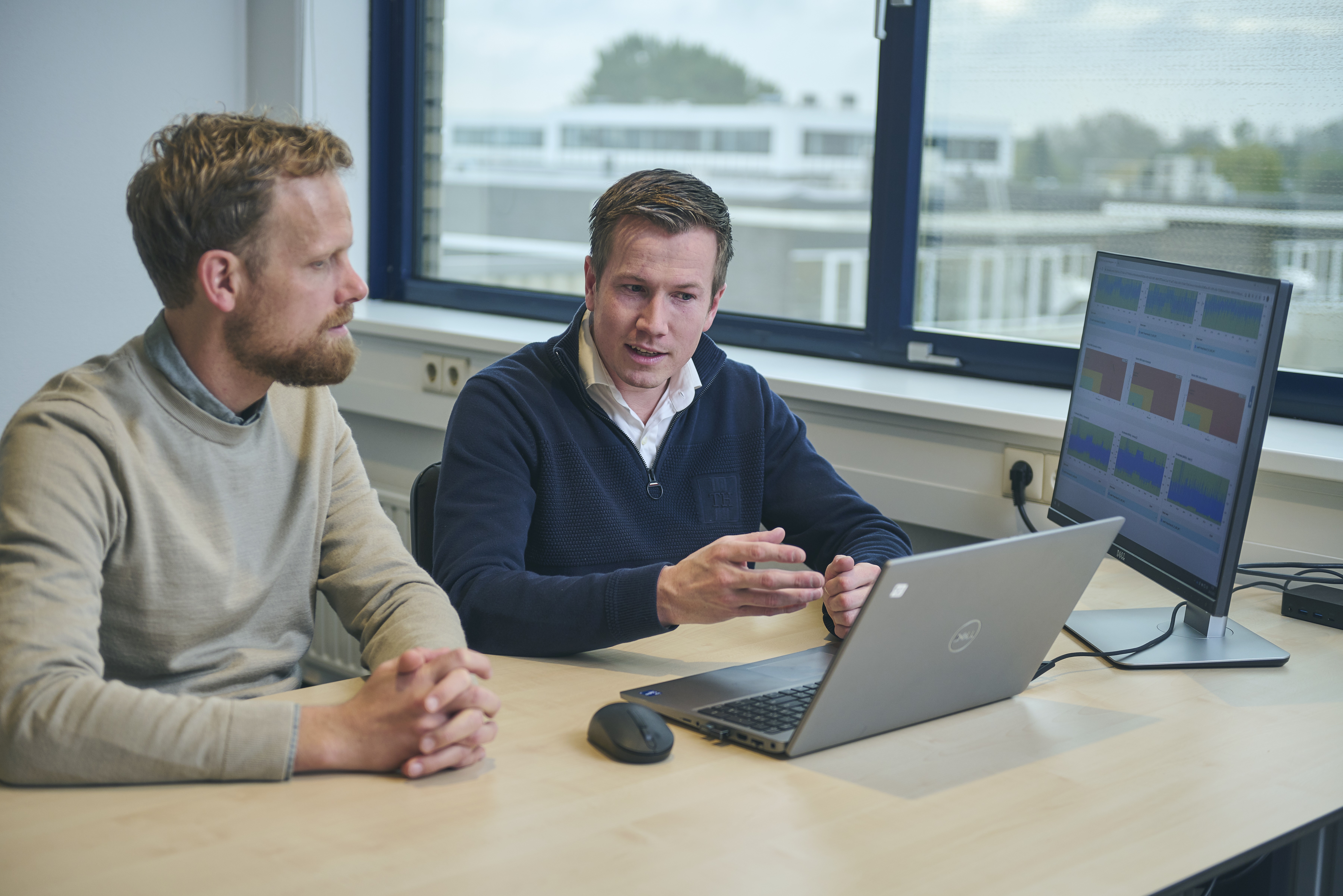
ERIKS and SCSN: Working Together Toward Efficient and Future-Proof Digital Collaboration
As a specialized industrial service provider, ERIKS supports customers in various sectors with reliable industrial components and smart process optimization. Digitalization has played a key role in this since the 1990s. Today, SCSN plays an important part in that process. Victor Belou, EDI project coordinator at ERIKS, explains how customers are guided in digitalizing their order process and what impact that has on efficiency, error margins, and customer satisfaction.

From business case to concrete savings
For ERIKS, digitalization is not only about technology but above all about creating value for the customer. "We think along with customers about how they can save money, not only on products but especially on processes," Victor explains. "With our 'savings model' we show how much time a customer saves by automating order lines. We translate this time saving into a concrete amount per order line. By visualizing this in an online dashboard, customers can see the added value.
"If a customer saves 15 minutes per order line and you calculate that with an average hourly rate, you quickly have a solid business case. In addition, we use the dashboard to make error margins visible and to improve them structurally. During annual evaluations we also show how the error margin has been reduced and how much the customer has actually saved in that year. This gives customers more control over their own digitalization process," says Victor.
SCSN as a digital plug
An important accelerator in the digitalization process is SCSN. For ERIKS, the network functions as a digital plug through which customers can be connected quickly and efficiently. "Previously, we set a lower limit of 500 to 1000 order lines per year for digital connections. With SCSN that has changed," Victor explains. "Thanks to SCSN, it is already profitable for customers with 50 order lines per year. If the article data is in order, we can have them live within two days."
In the beginning a testing phase was still necessary, but the organization is now structured in such a way that things can move quickly. SCSN greatly lowers the threshold for digitalization. As a result, ERIKS can not only respond faster to customer requests, but also actively seize new opportunities.
From repetitive work to room for customization
By automating standard orders, room is created for customization. Articles that require a lot of coordination or customization are still processed manually. Thanks to automation, there is now real time and attention for that. Digitalization helps to deploy people where they can really make a difference.
SCSN as a strategic choice and growth engine
ERIKS has been connected to SCSN through its service provider since 2020. "When our service provider made a connection with SCSN, we immediately saw the potential. The network opens the door to a much larger group of customers and suppliers, with lower implementation costs and a faster lead time," Victor explains.
Where SCSN initially seemed mainly focused on the manufacturing industry, ERIKS now sees applications in many more sectors. "We are connecting with companies that are already connected to SCSN, but also with existing customers who still need to make the transition," says Victor. "Our account managers include this as a standard topic in their conversations. More and more often we are also approached by customers and suppliers who are interested in SCSN. That is contagious."
Communicating through a network like SCSN is the future. There are only practical advantages. If everyone can send validated messages over the same network, you can communicate very efficiently throughout the entire chain. This increases the strength of your company.
Tips for companies that want to digitalize
Victor concludes with a clear call to action: "Just start. Begin with orders and order confirmations and then expand to invoices and delivery notes. The most important thing is to make sure your article data is in order. Stop postponing and get started. Finally, set quality goals, monitor them and keep improving. That is how you make digitalization truly valuable."